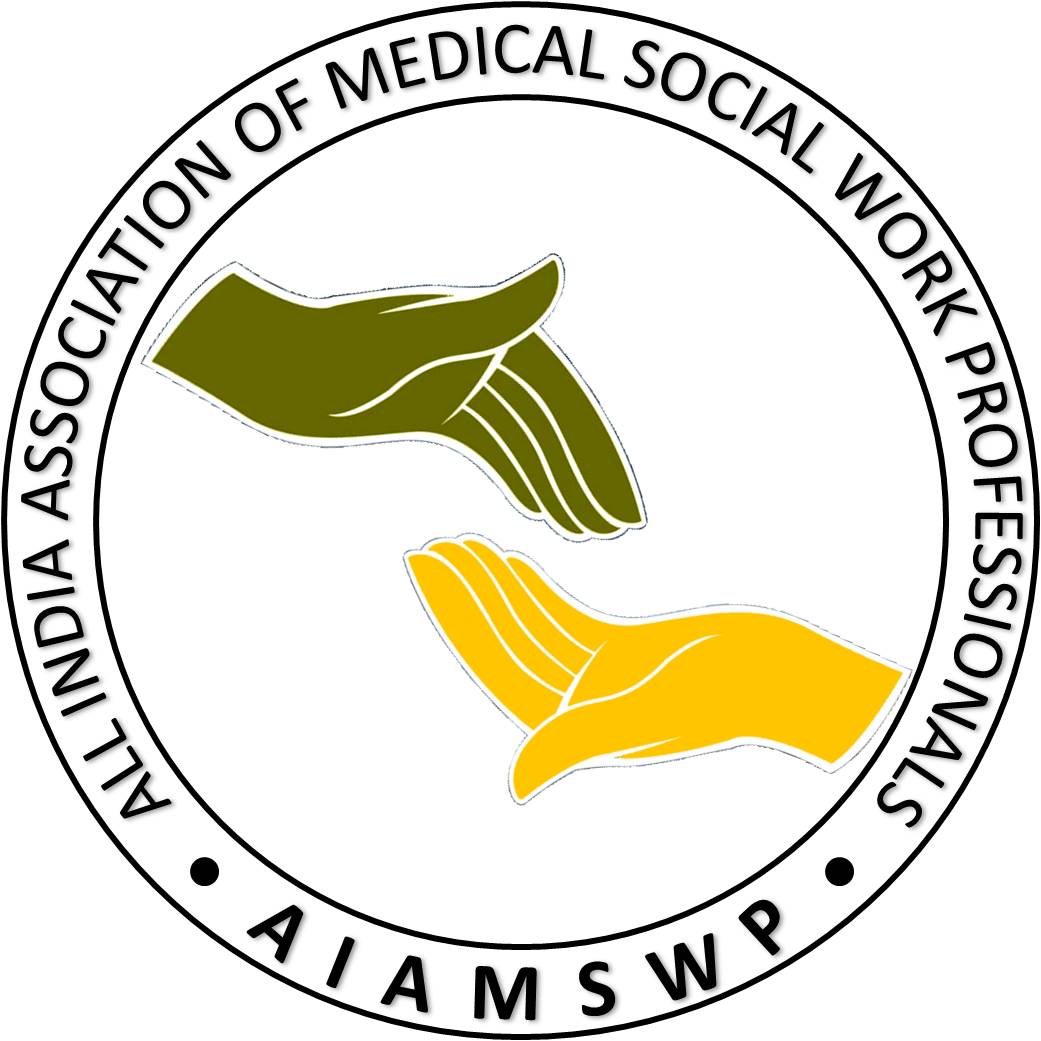Indian Journal of Health Social Work
(UGC Care List Journal)
World Health Organization estimates that 10% of the (world health organization, 1989) world’s population has some form of disability. Mental retardation (MR) is one form of disability and affects 1-3% Curry (1997) of human population. Mental disorder is a particular state of functioning that begins in childhood and is characterized by decreased intelligence and adaptive skills and also is the 3 most common developmental disorder (Bregman, 1991).Mental retardation is one of the most common disabilities occurring in childhood (Chen & Simeonsson, 1993). Studies of the frequency of and risk factors for cognitive disorders in children have almost been entirely restricted to developed countries , where service records and registries provide a feasible means of case identification(Kiely, 1987; Chen & Simeonsson, 1993; Durkin et al., 1992). The prevalence rate of MR in the United States lies between 41.66/1,000 in South Carolina (McDermott, 1994) and 12.0/1,000 among 10-year-old children in Metropolitan Atlanta (Murphy, 1995).The prevalence of MR in Atlanta was barely one-quarter of the South Carolina rate. The causes of this discrepancy are not clear, even though the different methodologies employed and the different socioeconomic status of the children in the two studies might have played a role. In a report from the National Health Interview Survey, the combined prevalence of MR and or developmental disabilities from 1994/1995 in the United States was 14.9 per 1,000 (Larson, 2001). Durkin et al. (1992) estimated the prevalence of MR at 19.0/1,000 for serious retardation and at 65.3/1,000 children for mild retardation in Pakistan (Durkin, 1998). In Bangladesh, according to Islam et al., the prevalence of serious MR in 2 to 9 year old children was 5.9/1,000, which is slightly higher than the prevalence range observed in developed countries (Islam, 1993). Epilepsy is a chronic condition of the brain which is characterized by recurring seizures, which is the body’s reaction to sudden excessive electrical discharges in the brain. Epilepsy has been around for centuries and is one of the oldest conditions of the human race.It is estimated Sridharan, (2002) that there are 55, 00,000 persons with epilepsy in India, 20, 00,000 in USA and 3,00,000 in UK.
Three to five per cent of the populations have a seizure sometime in their life and half to one per cent of the population have‘active epilepsy. The incidence of epilepsy ranges from 40 to 70 per 100,000 in most developed countries and from 100 to 190 per 100,000 in developing countries. In most countries worldwide, the prevalence of active epilepsy ranges from 4 to 10 per thousand populations. Higher prevalence rates ranging from 14 to 57 per thousand have been reported from some African and South American countries (Hauser, 1980; Placencia, 1992; Nicoletti, 1999; Sander, 2003) In India the incidence rate of epilepsy is roughly 49.3 per 100,000 and the number of new persons with epilepsy in India each year would be close to half a million (Mani, 1997).
AIM
The aim of the present study was to assess and compare burden of care among caregivers of children with mental retardation and epilepsy.
MATERIALS AND METHODS
The present study was a cross sectional hospital based study which carried out at outpatient department study, Ranchi Institute of Neuro-psychiat ry & Al l ied sc iences (RINPAS) Kanke, Ranchi Jharkhand. Purposive sampling technique was used to collect the sample involving a total of 60 respondents including 30 caregivers of mentally retarded children and 30 caregivers of children with epilepsy.Diagnosis of mental retardation was as per ICD-10 DCR and of epilepsy was done as per International League against epilepsy. Age range of caregivers was between 20-50 years, those who willing to participate in the study and scores below 3 on GHQ-12 were included. Caregivers who has more than one mentally children retarded or children with epilepsy, having any other co morbid condition like cerebral palsy, mental illness, and visual or hearing impairment and caregivers having psychiatric illness or physical illness were excluded. Socio -demographic data sheet, General Health Questionnaire-12 (Goldberg & William, 1978) and Fami ly Burden interview schedule (Pai&Kapur, 1981) were used for assessment.The statistical package for social sciences (SPSS) 20.0 for windows was used for analysis. Descr iptive stat istics like percentage, mean and standard deviation were used to descr ibe var ious sample characteristics.Chi square test was used for describing and comparing categorical data and Independent sample t-test was used for group comparison on continuation data.


